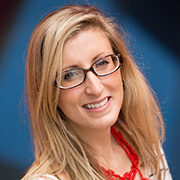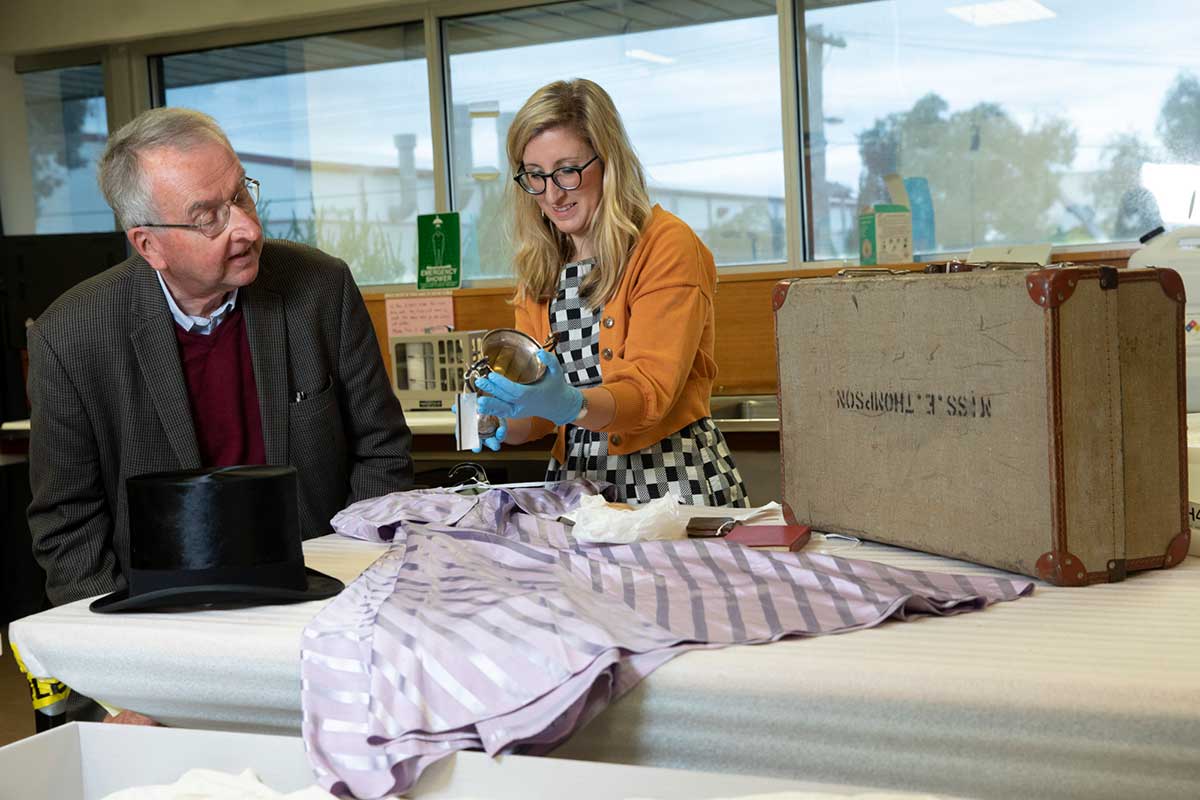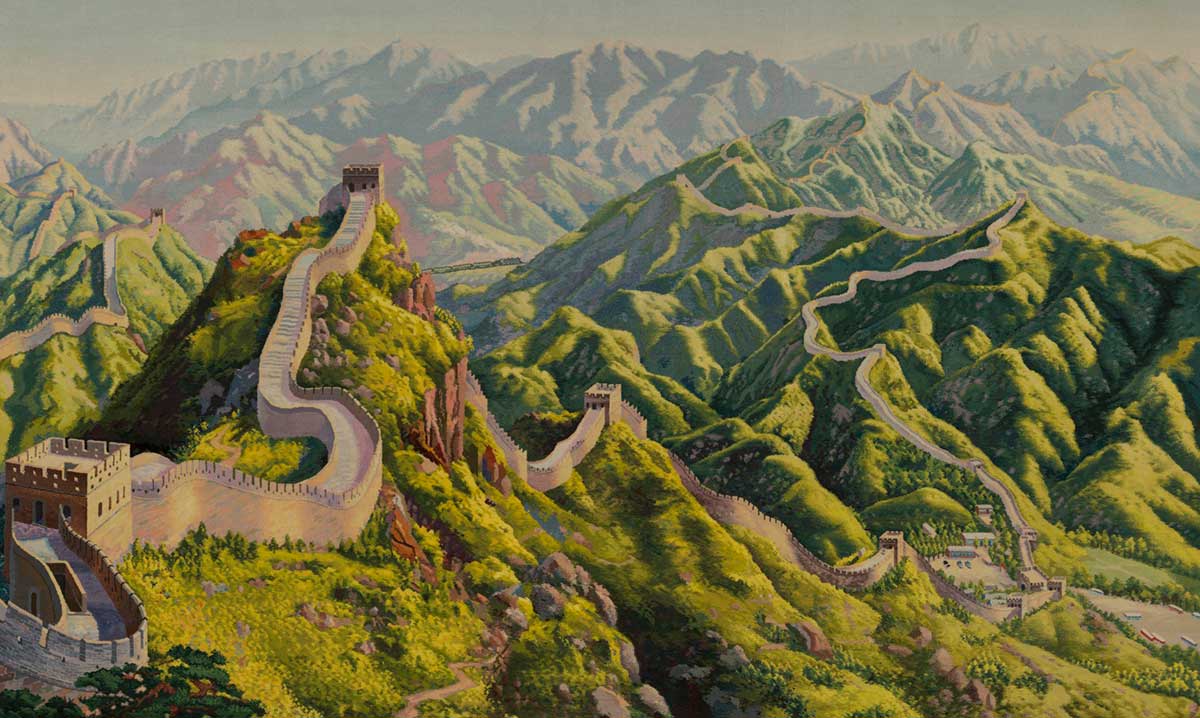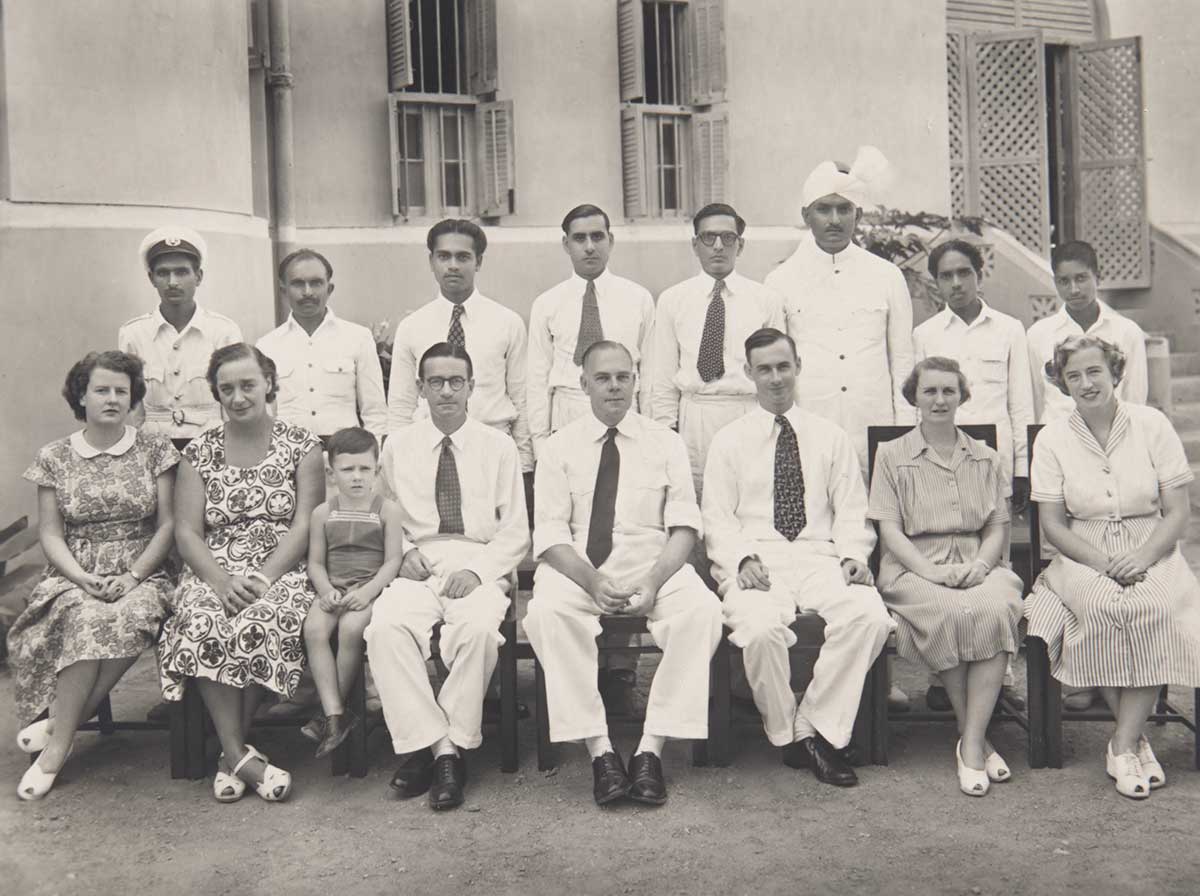In recent weeks I have been getting to grips with my role as curator in charge of the Australian diplomatic collection. This exciting new partnership with the Department of Foreign Affairs and Trade focuses on significant aspects of Australia’s diplomatic history since the Second World War.
The Museum will acquire new collections conveying powerful stories of how Australian diplomats have protected and advanced Australia’s international interests.
What is diplomacy?
Diplomacy is foreign affairs in action. Diplomats are state representatives who peacefully negotiate international disputes and alliances. Governed by international laws, their work strengthens economic, cultural and military exchanges between countries. Historian Christopher Seely identifies protocol being influenced by tradition, pragmatism or expediency.
Diplomacy runs like a thread through several existing Museum collections. After a spot of busy detective work trawling through old files and database records, it was time to find out more.
Commonwealth interests
Several objects emphasise the challenging work of DFAT staff in promoting Commonwealth interests. A battered Australian coat of arms, displayed in our Decoded exhibition, was damaged in a terrorist attack on the Australian Embassy in the Indonesian capital of Jakarta in 2004.
The Museum also holds a vast three-metre carpet depicting the Great Wall of China, given to Gough Whitlam during one of his early 1970s visits to the country, likely in 1973. This marked a major milestone in Australia’s diplomatic relationship with modern China.
Canberra and overseas posts
Next stop was the Museum’s repository, where I joined Research Associate John Quinn. As a senior DFAT diplomat of almost 40 years’ standing, John is a wealth of information. Passionate about the history and role of Australian diplomacy, John played a pivotal role in working with the Museum and DFAT to establish the Australian diplomatic collection. At the repository we uncovered more objects charting the uncommon experiences of staff based in Canberra or posted overseas.
Edna Thompson
One of the Museum's rich collections reveals the remarkable story of Edna Thompson. After joining the Australian Public Service as a typist in 1933, Edna ducked the ‘marriage bar’ and enjoyed an adventurous career with the then Department of External Affairs.
Edna's first posting was to Karachi in 1949, as personal secretary to John Oldham. John was Australia’s first High Commissioner to Pakistan, formed by the 1947 partition of the Indian subcontinent at the end of the British Crown rule.
Edna’s collection also contains an evening dress, diaries and her Order of the British Empire (OBE) medal, awarded in 1977 in recognition of her service to the Commonwealth.
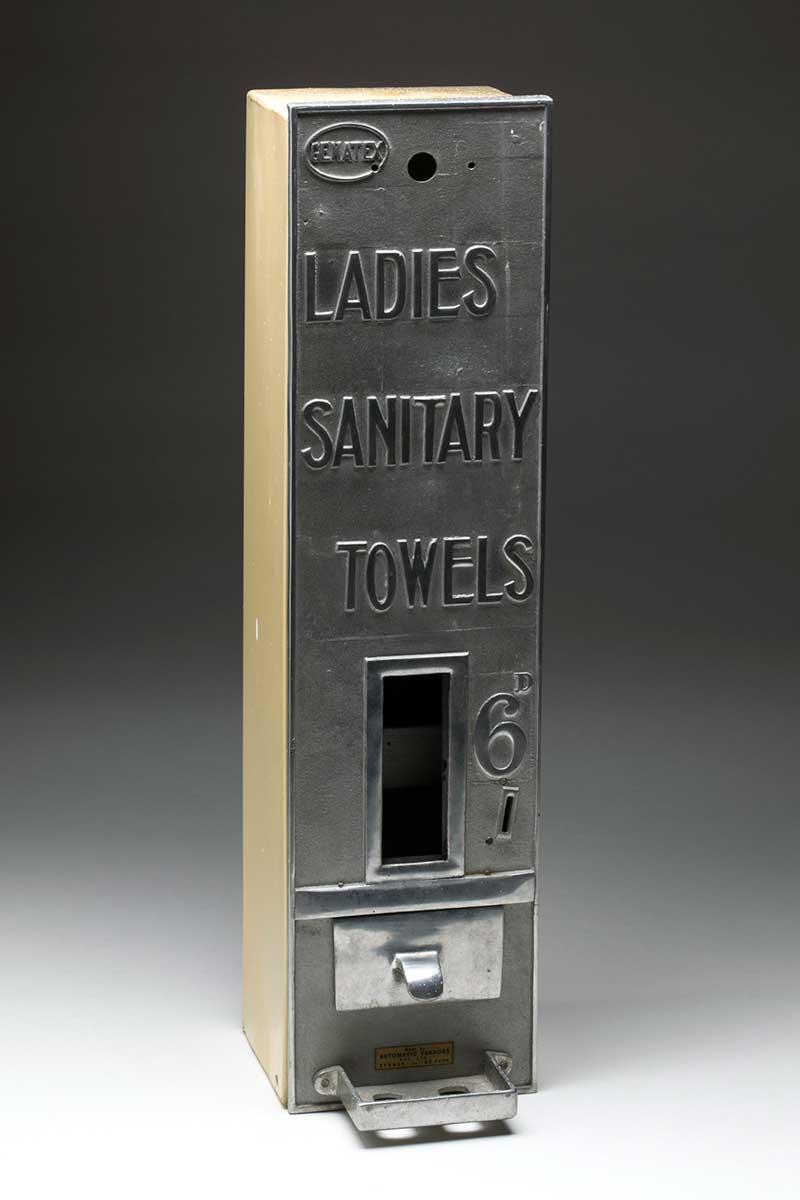
Diverse collection
One of the more unusual finds was a 1950s sanitary towel dispenser from the Canberra offices housing the Department of External Affairs. The provision of facilities for female employees indicates a relatively progressive view of women’s participation in the workforce and in public life.
Another remarkable treasure of the Museum's collection is a pair of 1960s cufflinks worn by cyclist-turned-diplomat Hubert Opperman as Australia's first High Commissioner to Malta.
Donations
Curators are seeking donations of objects that help tell strong personal stories about Australia’s engagement with the world, national identity and promotion of the Commonwealth's trade, foreign policy and development assistance.If you're interested in making a donation, please read our Australian diplomatic collection guidelines.
In our collection
